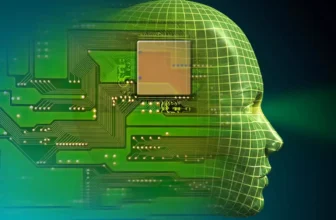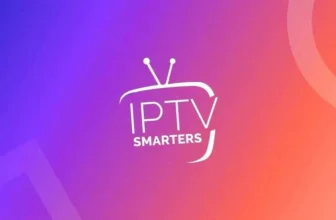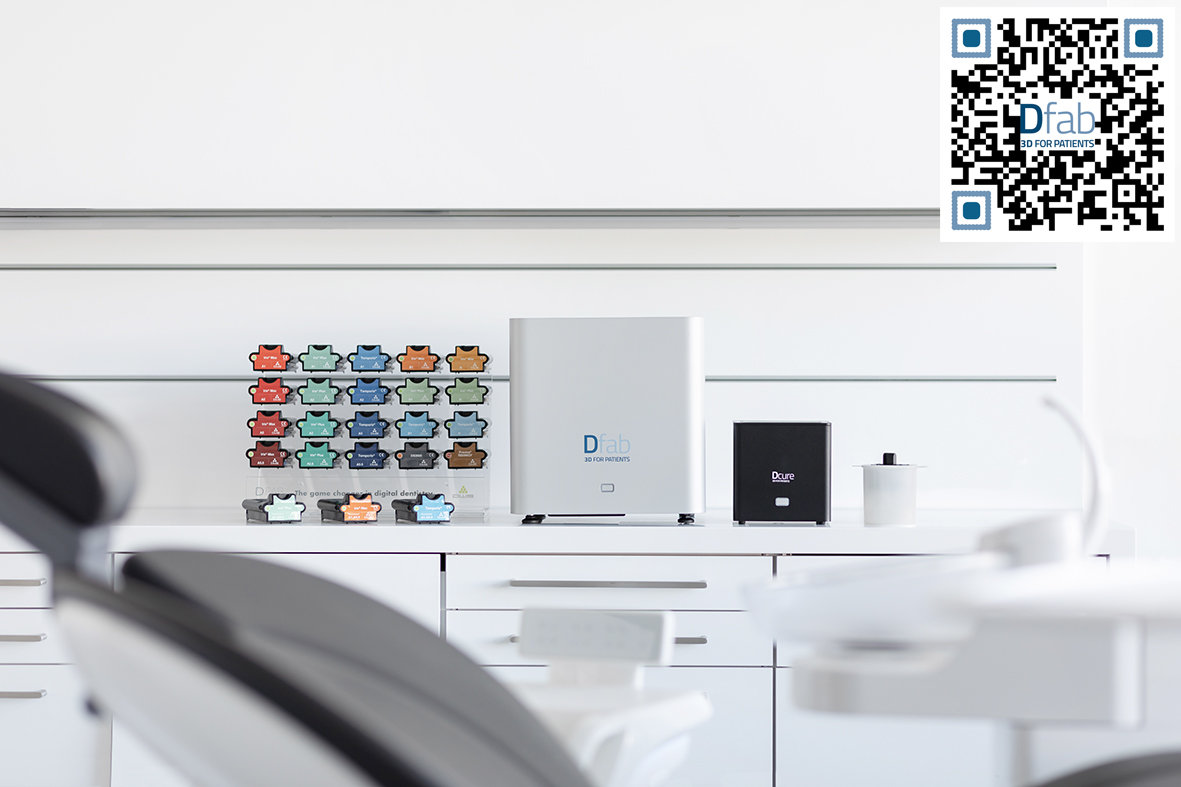
Modern dentistry is no longer defined just by clinical skill. It’s shaped by how seamlessly information moves between people, devices, and procedures. Dentists today manage a web of data:
- patient histories,
- imaging,
- lab communication,
- scheduling,
- and compliance
all while keeping their chairside time efficient and stress-free. But how to deliver precision care faster, without losing human connection?
Technology now plays the quiet but decisive role in that story. From digital charting to AI-supported planning, software platforms are reducing friction at every stage of the appointment, helping clinicians focus more on patient care than on paperwork.
Digital Chairside Efficiency: What It Really Means
Efficiency at the dental chair doesn’t just mean “doing things faster.” It’s about smoother transitions between tasks, charting, imaging, or patient updates without losing clinical rhythm. A strong software ecosystem enables all of this to happen invisibly in the background.
When imaging, scheduling, and documentation tools are integrated, fewer clicks translate into fewer delays. Assistants can pull up radiographs instantly, or dentists can record notes while reviewing images in real time. That small shift saves minutes per patient, which quickly compounds across a day of appointments.
| Process | Before Integration | With Software Platform |
| Patient charting | Manual data entry after appointment | Automatic sync during procedure |
| Imaging access | Separate workstation | Direct chairside view |
| Treatment notes | Delayed transcription | Real-time digital entry |
| Billing | Manual code lookup | Auto-code from chart |
These are not just workflow upgrades, they’re quality-of-life improvements for both dentist and patient.
The Role of AI in Streamlining Dental Workflows
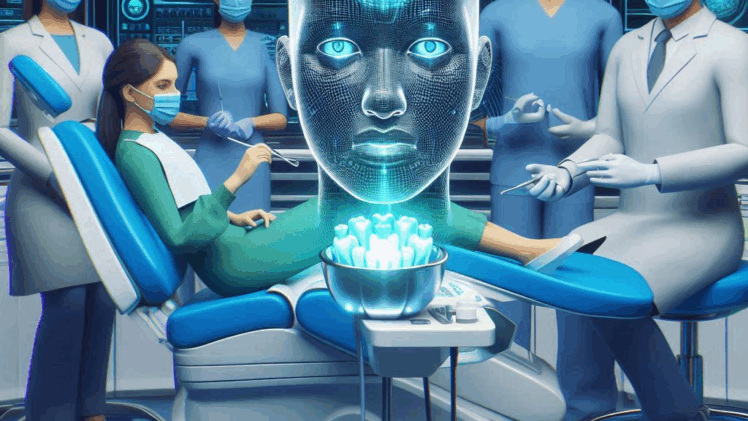
Source: linkedin.com
Artificial intelligence has begun to shift the boundaries of dental efficiency. Tools like Trust AI help bridge the gap between clinical decision-making and practical workflow. Rather than replacing expertise, AI supports it, identifying anatomical structures, suggesting diagnosis points, or flagging anomalies before human eyes might catch them.
By embedding such smart assistance directly into daily platforms, practitioners reduce time spent on manual analysis and documentation. It means fewer repetitive tasks, greater diagnostic confidence, and more space for patient interaction. In practices that have adopted AI-backed systems, appointment lengths often remain the same, but the quality of what happens during those minutes dramatically improves.
Did you know?
According to the Journal of Dental Technology (2024), clinics that implemented chairside AI support systems saw an average 22% reduction in documentation time per procedure.
Reducing Mental Load Through Integration
Dentistry requires micro-level precision, but the pressure of multitasking can easily break concentration. Fragmented software systems amplify this mental load, switching between tabs, retyping patient data, or cross-referencing images.
Unified software eliminates that fragmentation. The same screen that shows radiographs also allows note-taking, billing, and treatment updates. When the tools fade into the background, cognitive effort is preserved for what matters most, diagnosis and patient connection.
Practical advantages include:
- Centralized dashboards for all patient data.
- Automated reminders for recall visits and lab follow-ups.
- Predictive task prompts during chairside procedures.
- Cloud access for secure off-site review.
With integration, efficiency becomes invisible, the workflow simply “feels right.”
Enhancing Team Coordination in Real Time
A dental practice thrives on synchronization. Hygienists, assistants, and receptionists must share information instantly to prevent overlap or miscommunication. Real-time collaboration features in modern software make this seamless.
For instance, when a hygienist updates a patient’s periodontal chart, the dentist sees it immediately, even from another operatory. Notes, treatment progress, or intraoral scans can be accessed without verbal relay or printed copies.
A 2023 study published in Clinical Practice in Dentistry found that practices adopting collaborative software saw:
- 30% faster turnover between appointments.
- 18% fewer communication errors among staff.
- Higher patient satisfaction scores, largely due to reduced waiting times.
Such systems don’t just accelerate work, they build a sense of shared awareness across the team.
Communication and Patient Trust
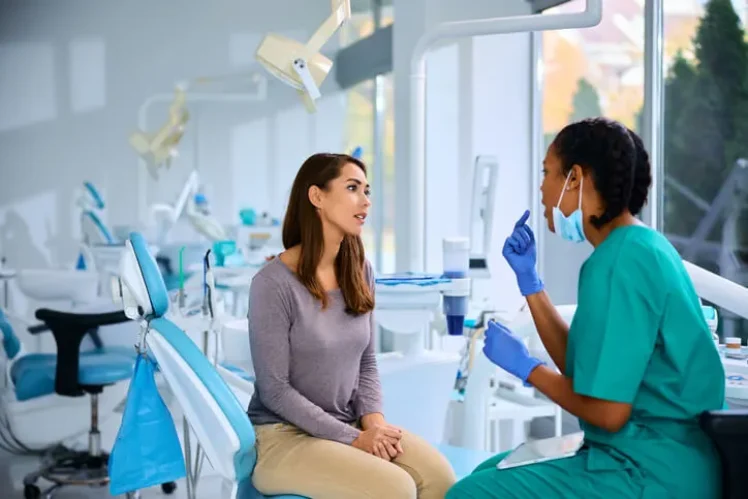
Source:facebook.com
Efficiency isn’t only internal. The patient sitting in the chair feels the impact too. When dentists can instantly pull up treatment plans or show visual models, it transforms the patient conversation from abstract to concrete.
Digital tools make it easy to overlay “before and after” projections or demonstrate progress in ongoing treatments. This helps patients understand value and fosters collaboration rather than compliance.
Benefits for patient experience:
- Clear visual explanations reduce anxiety.
- Transparent cost and treatment breakdowns build trust.
- Automatic reminders and follow-ups increase adherence.
- Real-time documentation prevents confusion during visits.
When software supports communication, trust becomes a natural byproduct, and patient retention grows organically.
Automation That Protects Accuracy
In dentistry, a misplaced note or code isn’t just inconvenient; it can affect clinical records and billing compliance. Automation reduces these vulnerabilities. Software can auto-fill standard codes, detect missing data, and flag inconsistencies before submission.
This built-in accuracy not only saves time but also improves accountability. For clinicians who manage large case volumes, it’s a silent safeguard. And because many platforms now comply with international standards for data security, digital automation also enhances patient privacy.
Subnote:
The ADA’s 2024 Digital Practice Report emphasized that automated entry reduced charting errors by 37% in multi-provider clinics.
Accuracy, when supported by automation, means less rework and more confidence at the chair.
Why Data Matters More Than Ever
Beyond workflow, data itself has become a clinical asset. Software platforms can now analyze patient metrics over time, identifying recurring patterns or potential risk factors. Over months, this translates into smarter treatment decisions and preventive strategies.
For example, a digital dashboard may reveal that patients with specific bite profiles tend to require more frequent follow-ups. Recognizing such patterns early helps dentists plan proactive interventions, not just reactive fixes.
In that sense, data-driven efficiency is not about speed alone, it’s about foresight and precision.
Balancing Technology With Human Care
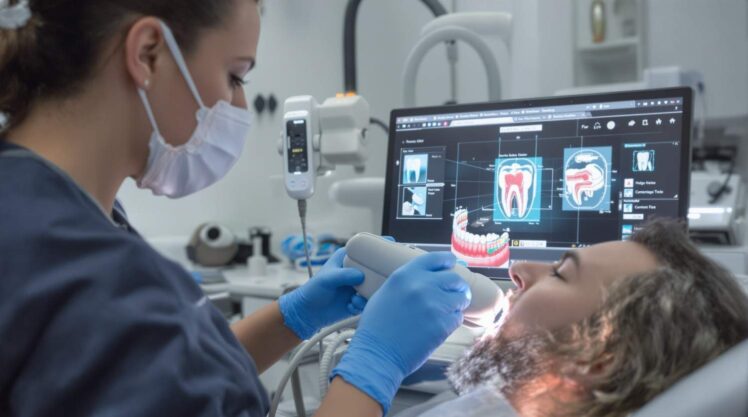
Source:facebook.com
Even as digital systems grow more advanced, the dentist’s intuition remains irreplaceable. The best software is the kind that amplifies human judgment, not replaces it.
Efficient chairside technology works quietly, updating charts, logging data, syncing schedules, while leaving space for eye contact, reassurance, and empathy. It supports the artistry behind clinical science.
Dentists often report that when administrative distractions disappear, they rediscover the part of their work they love most: caring for people.
The Future of Chairside Efficiency
As software ecosystems mature, the focus will move from isolated tools to interconnected intelligence. Systems like Trust AI and adaptive analytics will begin learning from aggregated data across practices, helping dentists benchmark outcomes and refine techniques in real time.
The next leap in efficiency won’t come from working faster, but from working more connected. Clinics that treat technology as a quiet partner, not a flashy accessory, will see the true benefit: calmer workflows, sharper accuracy, and more meaningful patient interactions.



